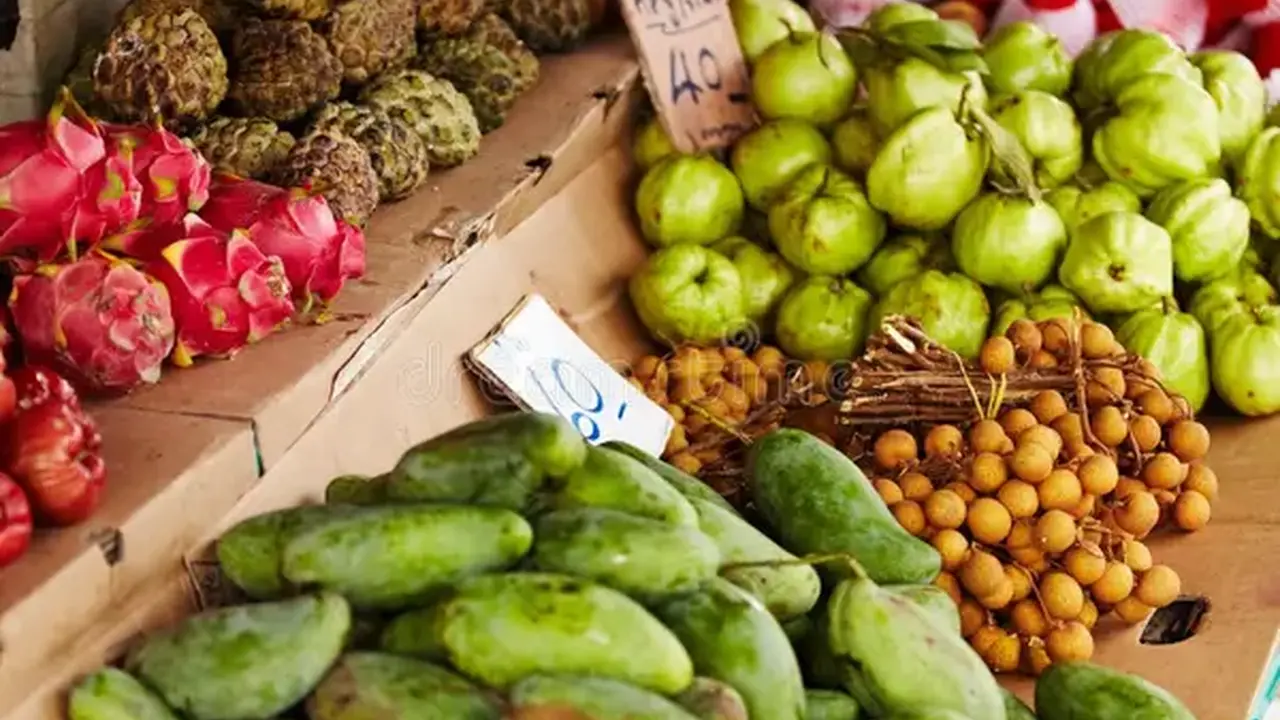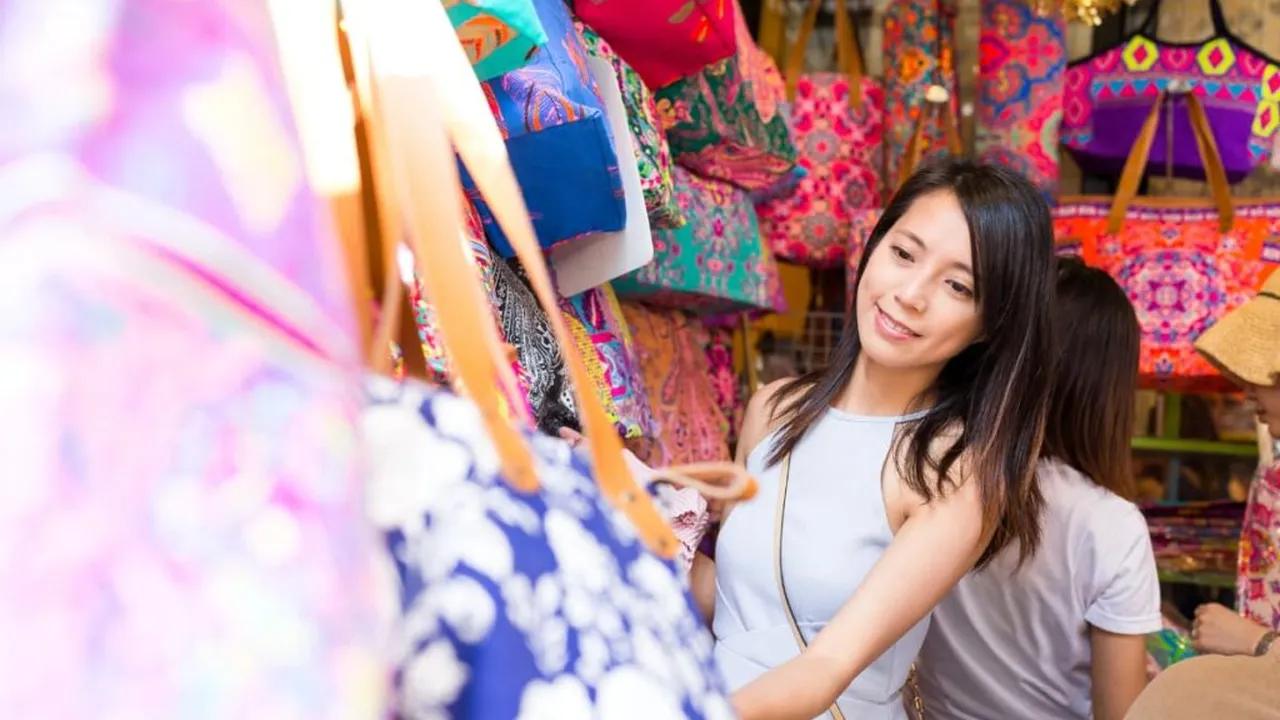Thai Festivals: Experiencing the Vibrant Celebrations

Immerse Yourself in Thai Culture A Guide to Festivals and Traditions
Hey there, fellow culture enthusiasts! Ever dreamt of escaping to a land of shimmering temples, mouthwatering street food, and celebrations that explode with color and energy? Well, Thailand is calling your name! And what better way to dive headfirst into the heart of Thai culture than by experiencing its incredible festivals? Forget just being a tourist; become a participant in the joy and wonder. This isn't just about watching; it's about feeling the rhythm, tasting the flavors, and connecting with the Thai spirit. Let's get started!
Songkran The Water Festival A Refreshing Thai New Year Experience
Okay, let’s kick things off with the big one: Songkran! Imagine the hottest time of year, and then imagine everyone armed with water guns, buckets, and hoses. That's Songkran! It's the Thai New Year, celebrated in mid-April, and it's basically the world's biggest water fight. But it's more than just a splash-fest. The water symbolizes purification and washing away bad luck. You'll see locals gently pouring water on Buddha images and elders to show respect. Then, BAM! Water fight central! Be prepared to get soaked – and embrace it! It's all part of the fun. Major cities like Bangkok, Chiang Mai, and Phuket go absolutely wild. Expect street parties, music, dancing, and enough water to fill an Olympic-sized swimming pool. Seriously, leave your valuables at the hotel and dress accordingly. Think quick-drying clothes and waterproof everything! And remember, a smile goes a long way, even when you're drenched from head to toe.
Loi Krathong Festival of Lights A Floating Lantern Spectacle
Next up, Loi Krathong, also known as the Festival of Lights. This is where things get seriously beautiful. Imagine thousands of glowing lanterns floating on rivers and lakes, carrying wishes and hopes into the night sky. It usually takes place in November, during the full moon, and it's a truly magical experience. "Krathongs" are small, decorated floats made from banana leaves, flowers, candles, and incense. You’ll see people releasing them onto the water, often whispering prayers or wishes as they go. The sight of countless krathongs twinkling on the water is breathtaking. Chiang Mai is particularly famous for its Loi Krathong celebrations, often combined with Yi Peng (the Lantern Festival). During Yi Peng, thousands of paper lanterns are released into the sky, creating an even more spectacular display. It's a photographer's dream! Just be mindful of the environment and choose eco-friendly krathongs made from natural materials.
Yi Peng Lantern Festival A Sky Full of Wishes and Dreams
As mentioned above, Yi Peng often coincides with Loi Krathong, especially in Northern Thailand. While Loi Krathong focuses on floating lanterns on water, Yi Peng is all about releasing lanterns into the sky. These sky lanterns, called "khom loi," are made from thin paper stretched over a bamboo frame. When lit, the hot air inside lifts the lantern into the air, carrying it upwards like a miniature hot air balloon. Seeing thousands of these lanterns floating upwards simultaneously is an unforgettable sight. It's believed that releasing a lantern symbolizes letting go of worries and misfortunes. Before releasing your lantern, take a moment to write down your wishes or intentions. Remember to release your lantern responsibly, away from airports and populated areas. Chiang Mai is the epicenter of Yi Peng celebrations, but other northern cities also participate.
Phuket Vegetarian Festival A Test of Faith and Endurance
Now for something a little different… the Phuket Vegetarian Festival. Don't let the name fool you – this isn't your average vegan food fair. It's a Taoist festival held in October, and it's known for its extreme displays of devotion and self-mortification. Participants believe that abstaining from meat and stimulants during the festival purifies them and brings good luck. But the real spectacle lies in the piercing rituals. Devotees, known as "Mah Song," pierce their cheeks and bodies with swords, skewers, and other objects. They believe that spirits enter their bodies and protect them from harm. It's a truly mind-blowing sight, and it's definitely not for the faint of heart. While witnessing the piercing rituals can be shocking, it's important to remember that it's a deeply spiritual practice for the participants. The festival also features colorful processions, traditional music, and, of course, plenty of delicious vegetarian food. If you're planning to attend, be respectful and avoid taking photos without permission.
Umbrellas and Amulets: Enhancing Your Thai Festival Experience Products and Recommendations
To truly immerse yourself in the Thai festival spirit, consider these additions to your experience. Let's talk products – not just souvenirs, but things that'll enhance your participation and make you feel more connected.
Umbrellas: Protection and Style During Songkran and Beyond
During Songkran, a good umbrella is more than just protection from the sun; it's your shield in the water wars! Opt for a brightly colored, sturdy umbrella. A good choice is the "Chang Mai Splash Shield" (approx. $25 USD). It's lightweight, folds easily, and comes in vibrant patterns. Imagine yourself battling it out with water guns, your umbrella deflecting incoming splashes while adding a touch of flair to your outfit. Beyond Songkran, a traditional Thai umbrella offers shade and a touch of elegance at any outdoor event. The "Ayutthaya Artisan Umbrella" (around $40 USD) is handcrafted with beautiful silk and bamboo. It's perfect for strolling through temple grounds or enjoying a leisurely walk in the park. Comparison: The "Chang Mai Splash Shield" is practical and affordable for Songkran, while the "Ayutthaya Artisan Umbrella" is a more luxurious option for general use. The former prioritizes function, the latter, aesthetics.
Amulets: Blessings and Protection for Your Journey
Amulets are an integral part of Thai culture, believed to offer protection, good luck, and blessings. During festivals, you'll see many people wearing amulets, especially during ceremonies. A common type is the "Phra Pidta" (prices vary wildly, from $10 to thousands, depending on age and rarity). This amulet depicts a monk covering his eyes, symbolizing detachment from worldly distractions. It's believed to bring good fortune and protection from negative influences. Another popular choice is the "Jatukham Ramathep" amulet (also with a wide price range). It's associated with wealth and prosperity. You can find amulets at temples and markets throughout Thailand. When purchasing an amulet, it's important to do your research and buy from a reputable source. Many vendors offer "fake" or mass-produced amulets. Look for amulets with clear details and a sense of authenticity. Comparison: The "Phra Pidta" focuses on protection and detachment, while the "Jatukham Ramathep" emphasizes wealth. Choose based on your personal needs and beliefs. Before wearing any amulet, it's considered respectful to have it blessed by a monk.
Incense and Candles: Creating a Spiritual Atmosphere
During Loi Krathong and other religious festivals, incense and candles play a significant role in creating a spiritual atmosphere. Lighting incense is a way to pay respect to Buddha and make offerings to spirits. Candles symbolize enlightenment and hope. The "Jasmine Blossom Incense Set" (around $15 USD) offers a fragrant and calming experience. The jasmine scent is known for its relaxing properties and is often used in meditation. For Loi Krathong, consider purchasing a pack of "Floating Candles" (approximately $8 USD for a set of 10). These candles are designed to float on water and add to the beauty of the krathong. Be sure to choose candles made from natural wax and avoid those with artificial fragrances. Comparison: The "Jasmine Blossom Incense Set" is suitable for personal use and creating a peaceful ambiance, while "Floating Candles" are specifically designed for Loi Krathong and other water-based ceremonies. The former enhances your personal space, the latter, the collective celebration.
Sarongs: Versatile Attire for Respectful Participation
A sarong is a versatile piece of clothing that can be used for a variety of purposes during Thai festivals. It can be worn as a skirt, a shawl, or even a head covering. It's especially useful when visiting temples, where modest dress is required. The "Elephant Print Sarong" (around $20 USD) is a popular choice. It features a traditional Thai elephant design and is made from lightweight cotton. Alternatively, a "Silk Sarong" (prices vary greatly depending on quality, starting around $50 USD) offers a more elegant and luxurious option. It's perfect for dressing up for special occasions. Comparison: The "Elephant Print Sarong" is affordable and practical for everyday use, while the "Silk Sarong" is a more sophisticated choice for formal events. The former is a casual essential, the latter, a statement piece.
Thai Snacks: Tasting the Flavors of Celebration
No Thai festival experience is complete without indulging in the local snacks. Street food vendors are everywhere, offering a tantalizing array of treats. During Songkran, you might find "Khao Chae" (prices vary by vendor, usually around $3-$5 USD), a refreshing dish of rice soaked in iced jasmine-scented water, served with various savory and sweet condiments. During Loi Krathong, try "Khanom Krok" (around $2 USD for a small plate), small coconut pancakes cooked in a special pan. Comparison: "Khao Chae" is a cooling and savory dish perfect for the hot Songkran weather, while "Khanom Krok" is a sweet and satisfying treat enjoyed during Loi Krathong. One provides refreshment, the other, a sweet indulgence. Don't be afraid to try new things and ask the vendors for recommendations. Thai street food is an adventure in itself!
:max_bytes(150000):strip_icc()/277019-baked-pork-chops-with-cream-of-mushroom-soup-DDMFS-beauty-4x3-BG-7505-5762b731cf30447d9cbbbbbf387beafa.jpg)





